Content is king, sure, but if no one is reading it, it’s more like an invisible king that doesn’t really matter.
For solo creators, creating compelling content is half the battle. The other half is making sure that your hard work actually gets found and read.
In this article, we’re going to talk about how to not only create great content but offer some tips on how to distribute it effectively even if you’re just one person doing an entire team’s work.
By the end, you’ll have some solid ideas on how to begin creating — and distributing — amazing content that drives traffic and increases your bottom line.
Set Your Expectations
Writing a great blog takes a lot of time. It takes a lot of energy. Throw in the fact that you need to also distribute it across as many channels as possible and somehow get other sites to link to it… it can be overwhelming.
If you’re creating and distributing content for your own business, you may still be able to find success but it’s crucial that you adjust your expectations accordingly.
What a team can accomplish in one day might take you two weeks. What a team might accomplish in one year might take you ten.
It’s easy to plug in a website’s numbers into Ahrefs and think, “damn, they get $500k in monthly traffic!? I want that!”

When comparing your site to one that gets a lot of traffic like this, it’s important to consider that website has probably a) been around for many years, b) created hundreds of high-quality posts, and c) has an entire team of people working on it.
Even if an article was “written” by one person, it almost certainly went back and forth through an editor, a graphic designer made sure it was visually appealing, and a team of marketers promoted it across social media and outreached for backlinks to maximize its potential.
There’s big money in content. Companies know this and invest in their teams appropriately. It’s a lot different when you’re alone.
If you’re trying to do by yourself what it takes entire teams of full-time salaried professionals to do, the best advice is to either become comfortable with living modestly while you patiently wait for your work to pay off or stop what you’re doing before you waste any more of your time.
It’s going to take a while.
The good news? It IS possible. If you’re comfortable with working hard and waiting 6-12 months before seeing a return on investment, then you will likely be setting yourself up for huge successes later down the road.
Understand your limitations, adjust your expectations and make a plan to produce consistently forever onward without burning out.
What that looks like for me is committing to writing 500 words every day. It takes about an hour of my time, but I’ve learned to enjoy it and have come to treat it like a morning routine. Anything more than that is unrealistic with my other life obligations, yet showing up for 500 words per day produces at least one blog post per week.
Do that for a year and you will have produced 52 long-form articles and be well on your way to becoming a content marketing machine that puts other sites to shame.
If you’re still interested in playing this game, here’s the advice that I wish I would’ve received when I first started:
Follow the 6 Steps of Content Creation
Like most things in life, consistency in creating and distributing your content is one of the most important factors in your campaign’s success.
The best way to become consistent? Fully understand what goes into each piece of content you create and commit to the process every day for the foreseeable future. At first, it might seem like a lot but the more you do it the more natural it will become.
Before any article you ever publish sees the light of day you must go through the following steps.
1. Decide the Job To Be Done
Preparing is an absolutely crucial first step to content creation and something that separates a pro from an amateur wasting their time.
It’s easy to put your thoughts down and you may even write completely good articles without it, but if you don’t fully comprehend the “JTBD” (job to be done) of each article you will face a much steeper uphill climb to the top. The article itself will undoubtedly be more difficult to write and it’s also likely to be much less effective overall.
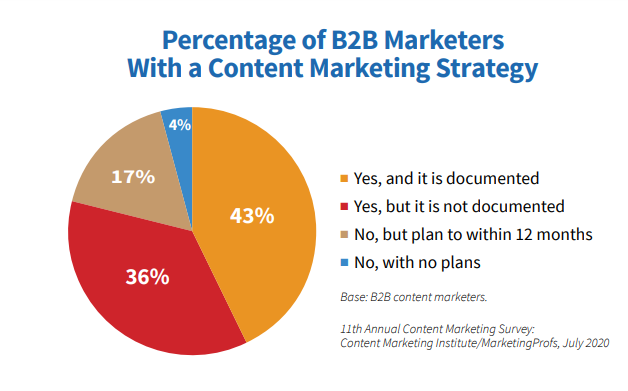
According to the Content Marketing Institute, just 43% of content marketers have a documented content strategy. What does this mean for you? If you put in the extra effort and prepare your content strategically, you’ll put yourself in a great position to stand out.
What does it mean to prepare? It’s not difficult. It’s just an extra step you have to be mindful of and devote thinking time to. It can be as simple as spending 15-30 minutes sitting down with your thoughts. This process for me often just looks like journaling. I’ll start a new document and answer questions like…
- Why am I writing this in the first place? How does this tie into us eventually making money?
- If someone were searching for this on Google, why would they be doing that? What problem are they having? What solutions am I proposing?
- What’s the CTA (Call to Action) that someone who reads this should take?
It’s a little bit of extra work, sure, but if it’s the difference between having this article make thousands of dollars in new business or flopping, wouldn’t you say it’s worth it?
2. Create an Outline
With your Job-To-Be-Done in hand, the next step is to write an SEO-Optimized Content Outline
The linked article goes more in-depth on this but the gist is to follow the process of intro, body, and conclusion and remember to include keywords and common questions throughout your header structure.
Starting with an outline is not only useful for writing the content, but necessary if you’re ever going to rank on Google and drive traffic to your site.
3. Write a Rough Draft
As I mentioned above, I aim to write 500 words per day. I often write more than 500, but that’s my minimum goal for the days when I’m feeling less inspired.
If following this routine, by Thursday you’ll have written at least 2,000 words, well enough to be considered a satisfactory blog post. According to Hubspot, the average number of words for top-ranking articles is typically between 2,100-2,400 words.
Because you went through the effort of understanding the job to be done and wrote an SEO-optimized outline, writing this rough draft part should be easy. The mantra I preach is simple: “See the prompt, respond to the prompt, and move on to the next prompt.”
Prose is great but essays aren’t what drives top traffic from Google. People use Google to find answers and solve problems. If they wanted to read a novel they’d buy a book.
Remember, people are here to find answers. People skim. Make it easy to skim and find the answer people are looking for.
See the prompt, respond to the prompt, and respond to the next prompt. Treat it just like someone’s asking you questions you know the answer to.
4. Edit
If you’re following the 500 words per day routine, by Friday you should be nearly finished writing your article and can treat it as “editing and publishing” day.
It helps to come into editing mode with a clear mind, ideally not during the same session in which you’ve been in writing mode. If you need to, take a lunch break, go for a walk, put on your favorite beret, and get to work.

Look for all the usual editing stuff – typos, spelling, grammar, structure, and flow. But now is the time to look for good places to internally link to other content around your site for SEO purposes, too.
What does that look like? Somewhere in the article, did you mention a concept that gets explained in another post? Link to it! Those internal links are very important for SEO. Be sure your most important pages get linked to as much as possible for Google’s crawler to clearly understand their worth. Their thinking is that more internal links = more importance.
If you need to add a sentence or two to create a good place for an internal link, do it.
5. Design For Readability
Before you post your article, give it a look through for design. Preview how it will look when it’s published and look for opportunities to break up large walls of text, insert images, and generally provide a pleasant reading experience for your user.
If you can’t afford to hire a graphic designer, a fine method is to find another blog you like the look and feel of and borrow from it. Obviously, make it as different as you can so you aren’t blatantly stealing from them.
6. Publish and Distribute
You can publish on Friday if you’d like, but I like to schedule my articles to be published consistently first thing on Monday morning along with an automated announcement to my Convertkit newsletter to go check it out.
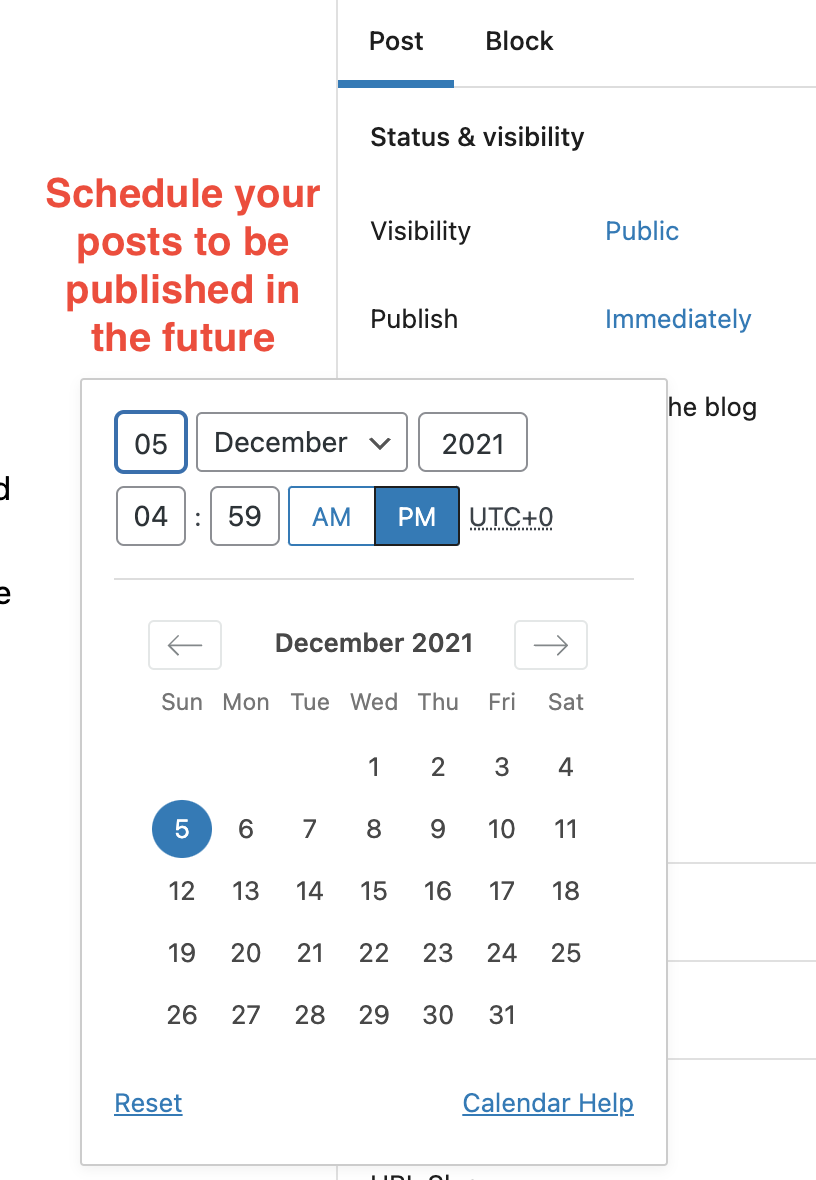
I also write a teaser thread of the blog post using Hypefury and schedule it to be published on my Twitter, Linkedin, and Facebook on Monday alongside the email.
By scheduling your content, social, and email channels to promote your new article this way, the article is scheduled to go out first thing Monday morning, and ALL of your channels will be alerted to its presence.
Not only does this maximize your potential reach, but if every week when your articles get published people show up, read, spend time on the page, click internal links, share, and engage with the post… Google likes that. Those are considered positive signals that help you establish credibility and grow your SEO.
Worried about spamming your followers by promoting the same stuff across all your platforms? Don’t be. It’s unlikely that the same people follow you on all of your channels anyways. The few who do are there for the same reasons as you are (promoting THEIR stuff). They’ll understand why you’re cross posting and will likely aim to promote you in the hopes you’ll return the favor.
How to Get Experts to Share Your Blog: Include Them
Don’t have an established social media presence to announce your articles to? Consider including experts in the articles.
Here’s how to do it: Reach out to them on Twitter or via their website, and ask them to contribute a quote for the article. Offer them backlinks and use them as an opportunity to add a unique perspective to what you would’ve written on your own.
When you publish the article, alert everyone who was quoted. Chances are if you make them look good they’ll be proud to share it.
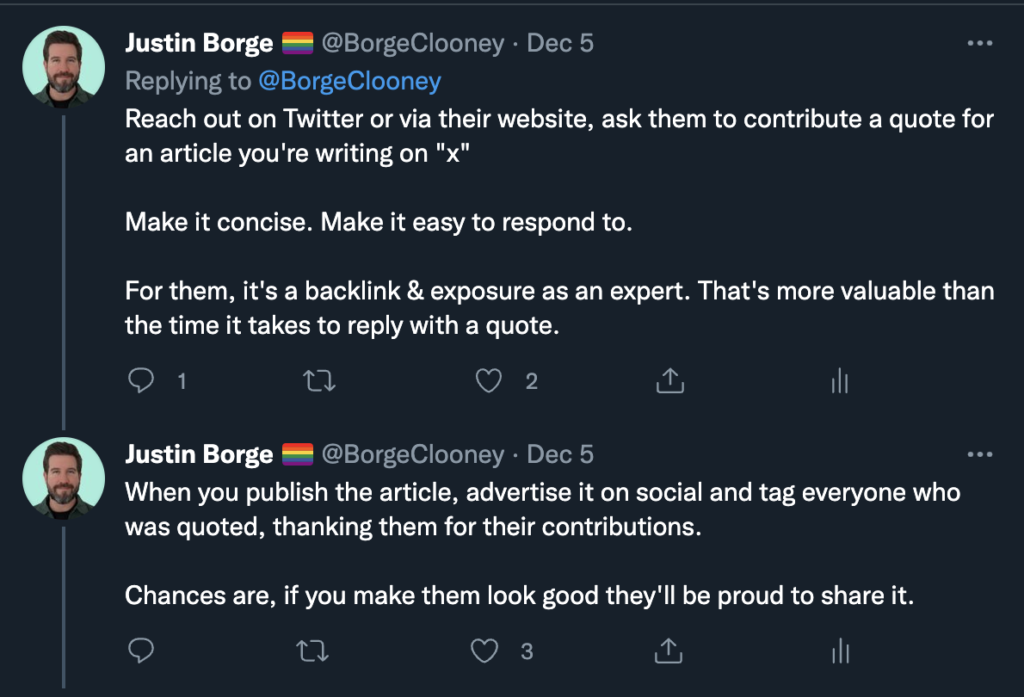
Alternatives to SEO – The Guest Post Strategy
There’s a very valid argument to be made that, especially if you’re a new site, it’s better to distribute your content on platforms you DON’T own, like guest blogging on relevant niche sites or publishing on Medium.com and borrowing their audience.
Be sure to include a link back to your site if doing this. Other sites often have huge audiences and you don’t want to miss your chance to send a percentage of them onward the “link juice” is very valuable.
Just remember that if you’re always publishing elsewhere you’re not growing your own SEO. You’re helping them grow THEIR SEO. A year from now, the article you published on their site might be sending them thousands per month in traffic rather than to your own.
Sure, maybe the article you posted elsewhere will receive 1,000 monthly views compared to your site’s 10, but if 3 of those 10 each sign up for your lead magnet (a free SEO course perhaps ????) and turn into a solid lead, that might be enough to sustain your business.
Do that for a dozen different niche-appropriate publications and not only will you have built strong backlinks and recurring traffic, but you’ll also have increased the number of areas where new customers can discover you.
In my opinion, the key is balance. You’ll need the positive signals that contributing to publications can provide in order to get the ball rolling with your SEO, but if your goal is to eventually have a self-sufficient, SEO-driven content strategy… you’re going to need content on your own site as well.
Suggested Strategy: Repeat this ☝️ for a number of months. Once your analytics begin to show consistent traffic and your Domain Authority begins to grow, only then begin writing unique content on your own site.
Establish a Routine To Create Efficiently
If you’ve read this far, you now understand everything that you’ve got to consistently do to create and distribute content like a pro. The next part is, well, doing it.
Sometimes it’s easier said than done to hold yourself accountable, especially when there’s not an end in sight. SEO and Content Marketing are the long game. Unless you plan to outsource your content, you’re going to be doing this for a while.
Here are the two best tips I’ve discovered:
1. Map Out Your Week, Scheduling Time To Write and Distribute Your Content
If it helps, here’s my typical recurring weekday calendar to ensure I make time for writing, editing, and distributing new content while also scheduling social media posts and making time to comment, DM, and engage with potential connections.
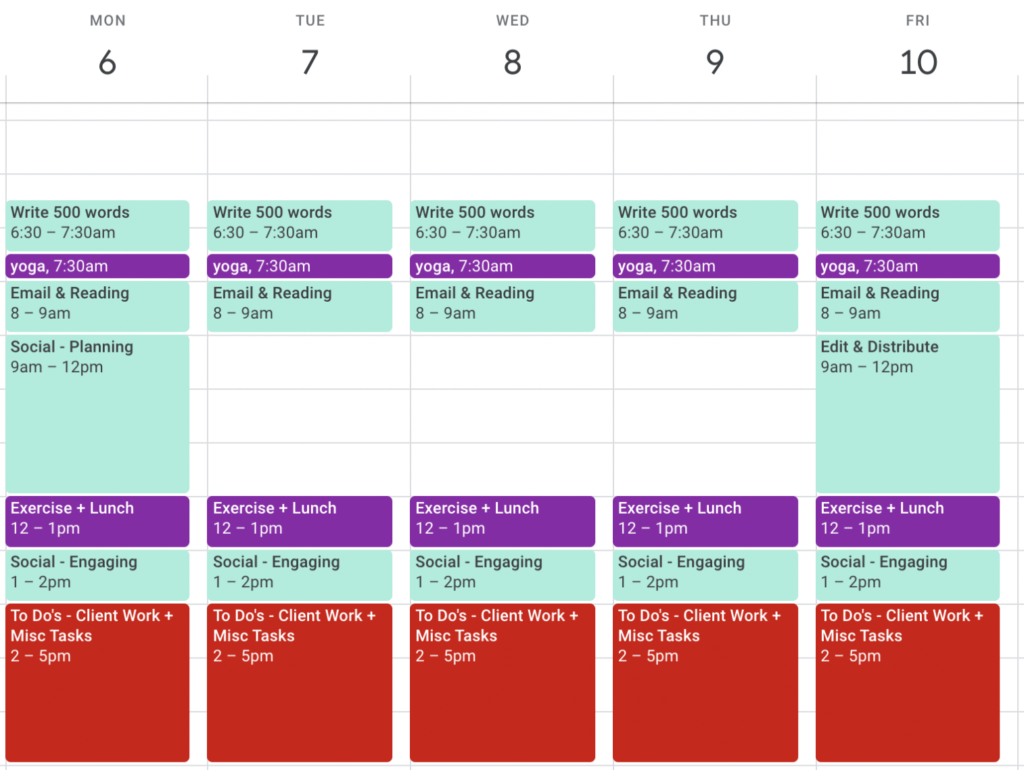
I choose to write early in the morning because that’s when my brain works the best. I intentionally leave space unaccounted for because life always has a way of adding things to my calendar and I think it’s important to account for the unexpected.
When I’ve got client work in the pipeline, I dedicate at least 3 hours per day to it. This sometimes rolls over depending on the project I’ve taken on. Occasionally we get large projects and I often find myself working at night. It’s worth it. I find all-nighters kind of thrilling in moderation.
2. Know What You’re Going To Write About in Advance
The only thing worse than writer’s block is spending months of your life writing like a maniac only for your efforts to fail, fall flat, and go unnoticed.
It happens.
Without spending time learning about content strategy, creators face this fate at a strikingly high rate.
The easiest way to expedite your content strategy process is to invest in a Keyword Gameplan. This tool takes into account all of the content that your top online competitors have cumulatively created, then shows you the exact opportunities you could / should be creating content on in order to find gaps in the marketplace and rank.
Simply find a low-hanging fruit keyword opportunity, create the best resource possible for it, and move on to the next low-hanging fruit opportunity. Spend some time internally linking between the articles within the topic cluster format and you’ll never have it easier.
One of the challenges most creators face is coming up with ideas on exactly what to write about. The most successful ones make their decisions using data. It’s not worth wasting your time creating content that you know won’t bring you success.
Next Level Content Creation
Here’s how one person can turn a single hour-long video interview into weeks’ worth of content on multiple different channels:
If writing blogs and sharing them on your newsletter and social media isn’t enough for you, you might be asking, “what about video? What about podcasts?” You’re right. Content isn’t just writing blogs.
Here’s the best tip I’ve got for aspiring pros:
Start With Video
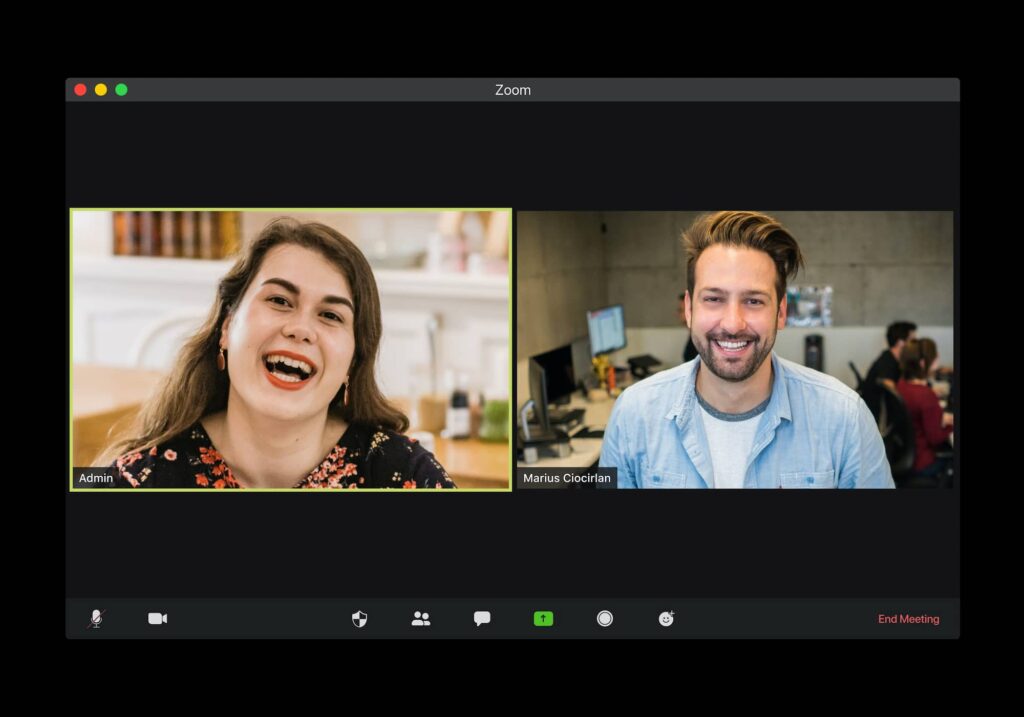
Record an interview (Zoom works fine) and add it to Youtube. Then edit and splice the video into bite-size social media clips at the juiciest parts of the interview to be used for social media content.
Then turn the audio file from that original video into a podcast. Distribute it using a service like Buzzsprout or Libsyn and turn the transcript from the video into a blog and optimize it for SEO.
Add the blog to your newsletter drip sequence to keep it forever in circulation. We use Convertkit for our newsletter service and couldn’t be happier.
Better yet? If you make the person you interviewed look good, be sure to tag them when you promote it. If it makes them look good, why wouldn’t they share it with their audience and help promote you?
Hire Freelancers As Needed
Our final tip? If you’ve got the funds, hiring freelancers to help you with the parts of the job that you’re not best at will go INCREDIBLY far.
If you want to focus solely on interviewing or writing, why not find a freelancer editor to review your work, or find a designer to put your words together into marketable assets, make the blog post beautiful, or edit the youtube video and put the podcast on the internet?
Sites like Upwork connect you globally with talented professionals willing to work with you through every step of the process. Invest in hiring and training a team around you so that your content machine can seamlessly be built and grow, all the while freeing you up for networking and interviewing experts.
The more you can focus on “just” writing, the quicker you’ll be able to put out the content.
The more content you can put out, the quicker the investment will pay itself off. We all have specialties. Choose yours and hire pros to handle the rest. You’ll be amazed how much further it takes you.
Conclusion
Creating content with a team of one doesn’t have to be miserable. With the right content strategy and mindset, a website run by even just one ambitious person can be taken to new heights.
- To learn more about keyword research: read this article
- To learn more about content strategy: read this article
If you have any questions or need anything from here cleared up, tweet me @Borgeclooney
